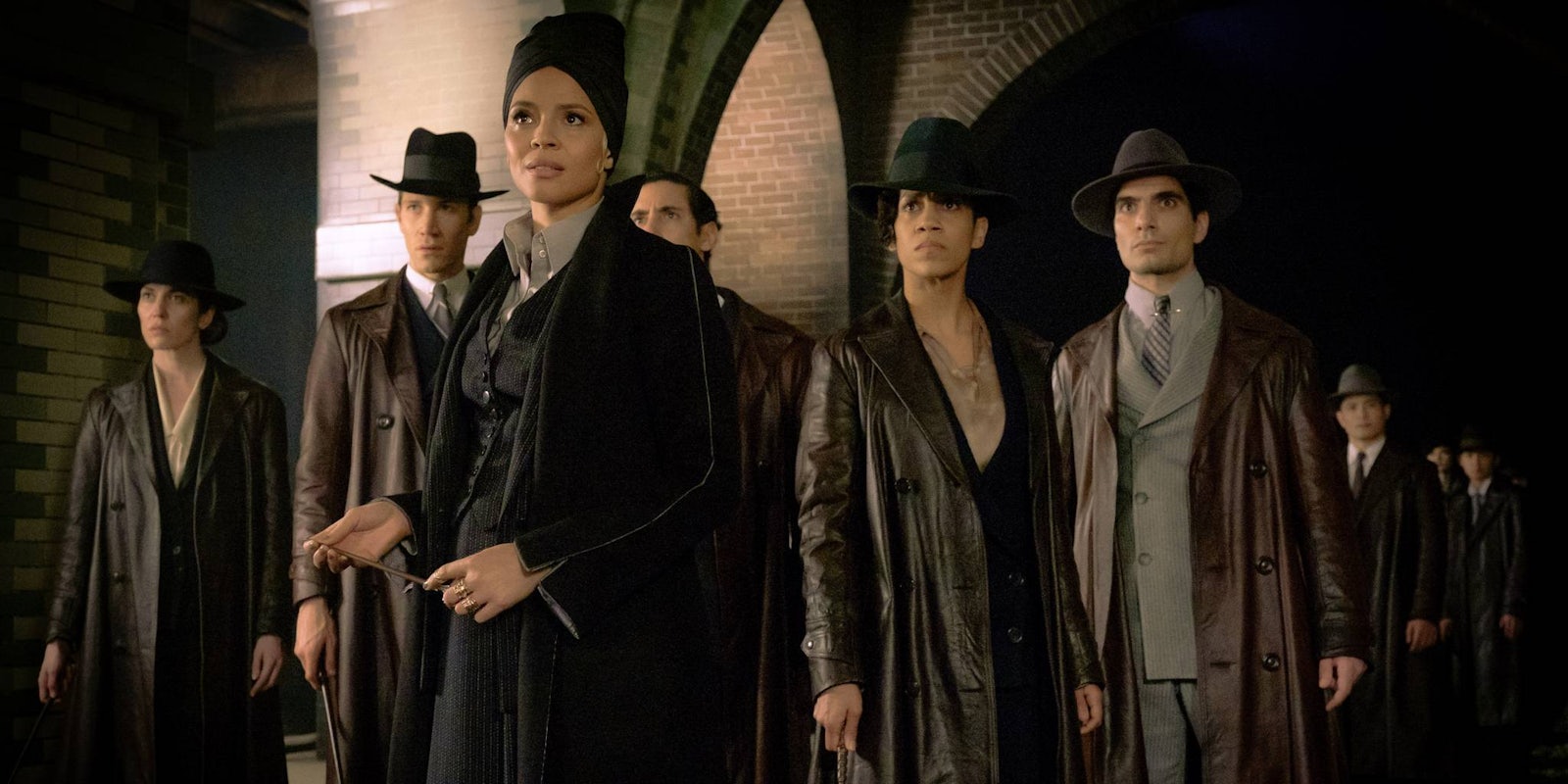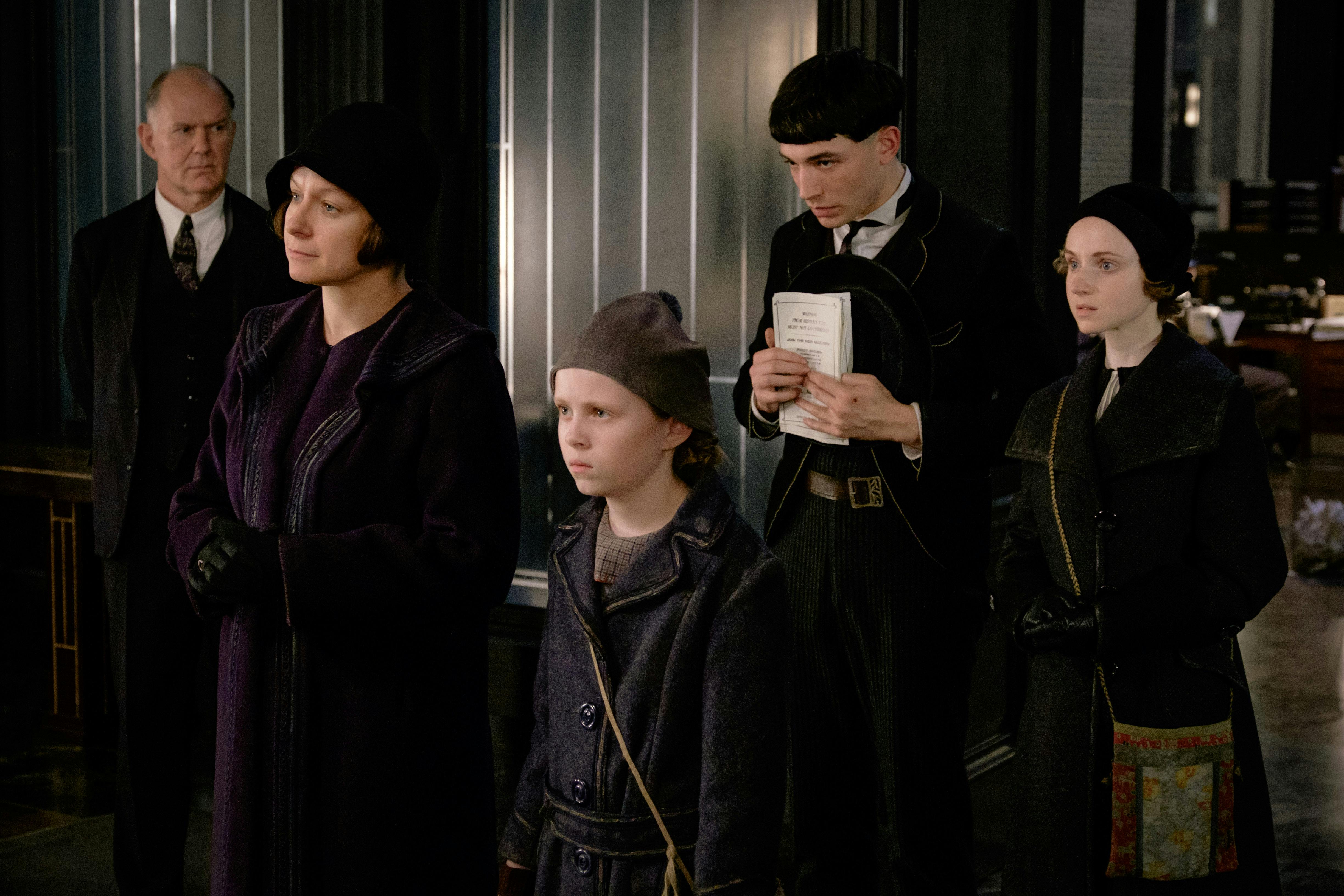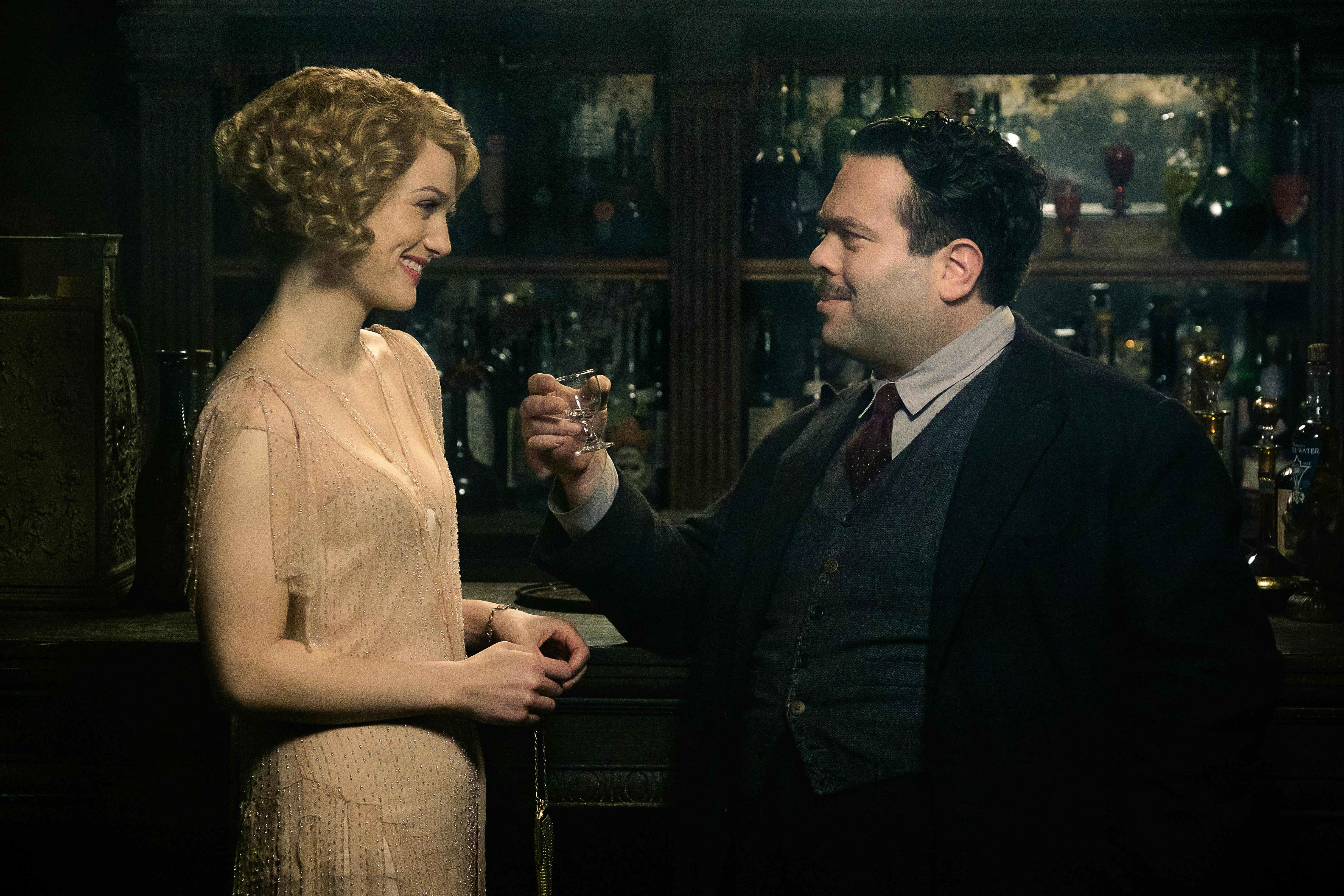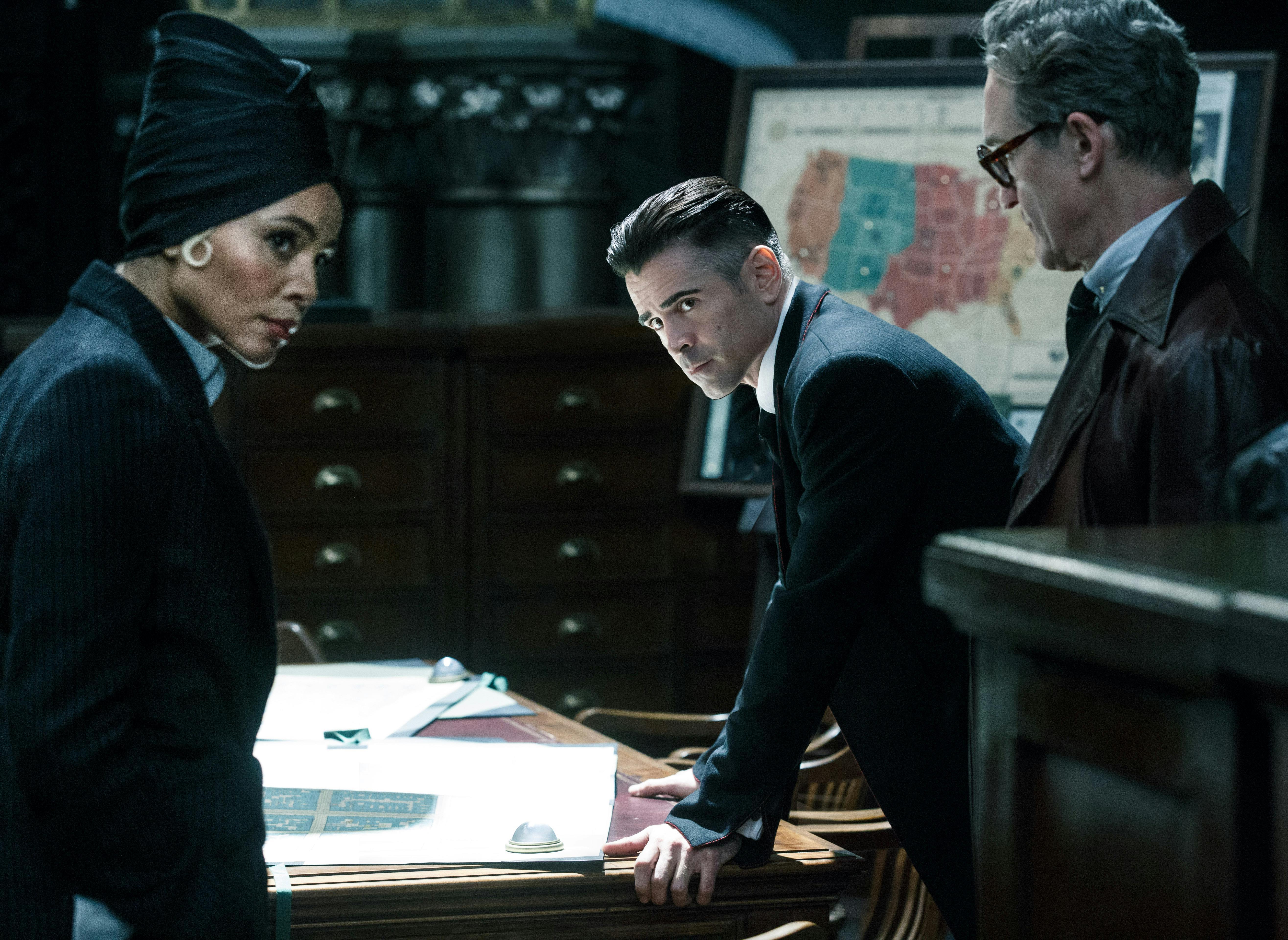The political conflict of the Harry Potter novels was simple yet insightful: Some witches and wizards are racist scumbags who only value pureblood families, and the worst of them joined Voldemort’s crusade against muggleborns.
J.K. Rowling explored this fascist allegory through examples of everyday discrimination, magical hate crimes, and the rise of an oppressive government, with Harry and his friends forming a resistance against Voldemort’s return to power. While some of Rowling’s creative choices have been criticized (most obviously, the lack of explicitly nonwhite protagonists in a story about racism), it’s still a complex and well-drawn political landscape. The Potter books cover every angle from murderous bigotry to the well-meaning ignorance of Arthur Weasley, a pureblood wizard who is obsessed with muggles, but so rarely interacts with them that he’s confused by basic details like how to use a telephone.
The political conceit behind Fantastic Beasts is nowhere near as well-realized. In fact, in some regards it makes no sense at all.
How does the magical/no-maj divide even work?
By setting Fantastic Beasts in 1920s New York, Rowling distanced herself from the familiar world of wizarding Britain. She swapped the pureblood/muggleborn divide for a new conflict, with American wizards living in fear of exposure to the muggle world. Terrified by the possibility of being hunted down, American wizards are forbidden to interact with no-majs. Any no-maj who witnesses magic must have their memory wiped, although this is pretty inconsistent in the movie. Why don’t they just wipe the memory of Mary Lou Barebone, a no-maj who actively spreads anti-witch propaganda?
It’s hard to make sense of how wizarding America interacts with the no-maj world. In theory they’re totally segregated (Jacob seems to be the first no-maj Queenie Goldstein has ever met), but there’s no sign of the ignorance we see among British purebloods. American witches and wizards wear no-maj clothes, and since we don’t see a New York equivalent to Diagon Alley, we get the impression they live side-by-side with their no-maj counterparts. The MACUSA headquarters and a magical speakeasy are our only examples of exclusively magical spaces in New York.
One possible explanation is that American wizards are taught to fit into no-maj society as a defense against being discovered. But since this isn’t explained in the movie, we’re left to struggle with two conflicting ideas: Either witches and wizards live completely separate lives from no-majs, which would surely promote a higher degree of anti-muggle bigotry (something we don’t see in the movie), or they somehow live alongside no-majs while attempting to remain invisible, inevitably risking more people making friends and falling in love with no-majs. As a story about segregation, it’s got some pretty serious problems.
Although Fantastic Beasts mostly fails to illustrate how magical/no-maj segregation works, there’s one scene that subtly illustrates the disturbing effects of the MACUSA’s no-maj laws. Despite befriending Jacob, the Goldstein sisters never doubt that he must be obliviated. The film ends with all three magical heroes uncritically agreeing to wipe their friend’s memory, rather than rebelling against the system. Even Queenie, who has fallen in love with Jacob, never considers the possibility that she could fight for that love to survive.
J.K. Rowling’s flawed view of American history
The Harry Potter series was shaped by J.K. Rowling’s excellent instincts and firsthand expertise when writing about the British class system. Judging by the tone-deaf nature of Pottermore’s history of American witchcraft, her skill for political worldbuilding may not extend to the U.S.
While wizarding Britain is rooted in an authentic view of British culture, the world of Fantastic Beasts feels oddly hollow. It takes place in clean, wide-open New York City streets populated by well-dressed caucasian extras. Poverty is depicted only in the context of Mary Lou Barebone’s orphan gang, and the city’s immigrant population—an essential perspective in any time period—is effectively invisible. Jacob Kowalski and the Goldstein sisters were given names that suggest Polish and Jewish heritage, but that’s as far as it goes. And, of course, there’s no examination of how race and racism shaped society in the U.S.
Fantastic Beasts didn’t need to go deep into the realities of 1920s America, but since Rowling has always been an explicitly political writer, this feels like a massive oversight. It undermines the political message of the film, and it’s a kick in the teeth to fans who grew up on the anti-discrimination message of the books, and have now been presented with a film that unthinkingly cast white actors in every lead role.
How does racism work in wizarding America?
In terms of race and gender prejudice, the American wizarding world is more progressive than no-maj society. The MACUSA president is a black woman, there’s a woman of color among the non-speaking roles on the Auror team, and Tina used to be an Auror. Yet this all takes place within living memory of slavery, during a time of massive social inequality in the no-maj world. It makes you wonder: What about magical children born to no-maj families? The culture shock must be tremendous.
In no-maj society, women and people of color were second-class citizens in 1926. Meanwhile in the magical world, sexism and racism appear to be relatively minor issues, but you’re forbidden from befriending any no-majs—which would be hard for anyone who grew up among no-majs themselves. It’s almost impossible to imagine how this works from a historical perspective. What about magical kids who were born into slavery? Were they whisked off to Ilvermorny, the American Hogwarts, while their friends and family remained enslaved? Once they grew up in the magical world, were they expected to ignore the plight of people like themselves, and follow the MACUSA’s policy of non-interference in the no-maj world? In the context of a character like MACUSA president Seraphina Picquery, this raises a lot of troubling questions, none of which are even hinted at in the movie.
As with the Harry Potter books, fans will find ways to explore these inconsistencies in Rowling’s worldbuilding, either through fanfic or the deep analysis we’ve seen for every Potter book to date. But if film critics are going to discuss Fantastic Beasts as a work of political fiction, they need to look past its simple messages about abuse and discrimination, and take a closer look at where the movie fails.





